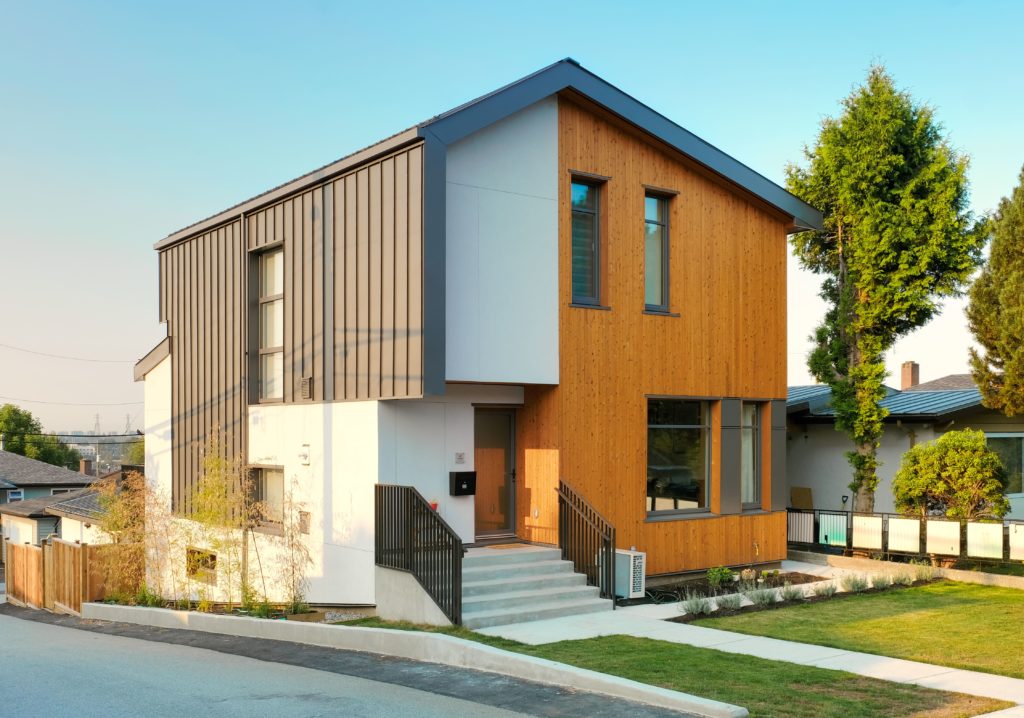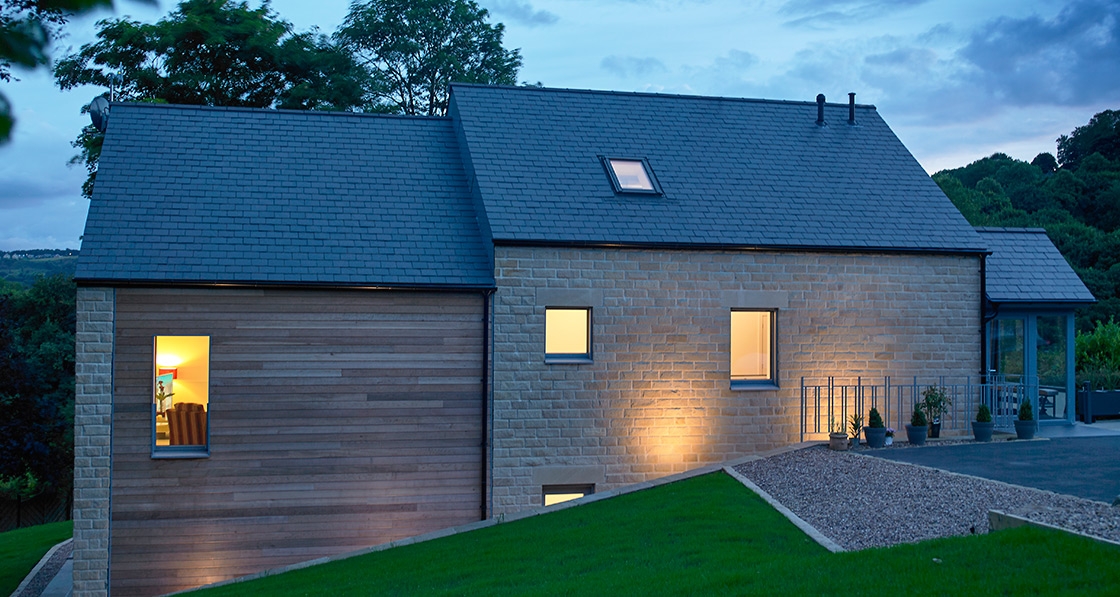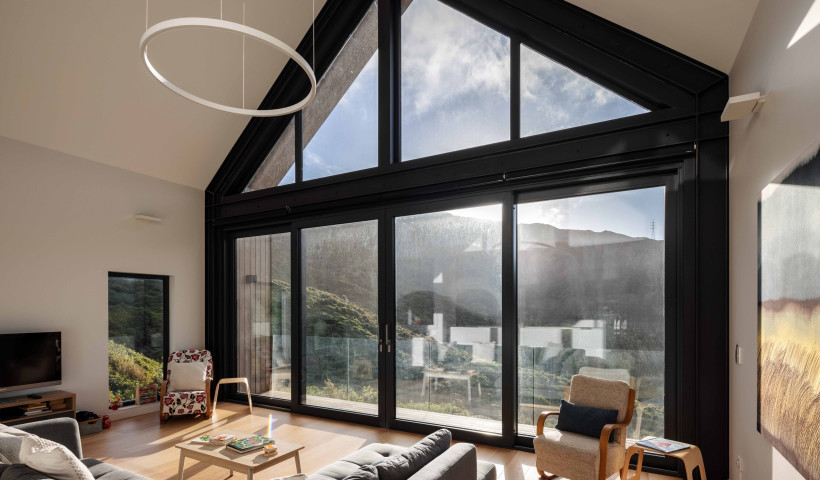Designing a passive house requires careful planning and consideration, especially when it comes to orientation. The way your home faces can significantly impact its energy efficiency and comfort. This guide will provide you with essential tips on how to orient your passive house for optimum performance.
Before we delve into the specifics, it’s crucial to understand what a passive house is. A passive house is a building standard that is truly energy efficient, comfortable, affordable and ecological at the same time. For more detailed information, you can visit this comprehensive guide on passive houses.
Understanding the Importance of Orientation
The orientation of a passive house plays a crucial role in its overall energy efficiency. It determines how much sunlight the house receives, which can directly impact its heating and cooling needs. Properly orienting your passive house can help reduce energy consumption and improve indoor comfort.
Key Factors to Consider
When deciding on the orientation of your passive house, several factors need to be considered. These include the site’s geographical location, the local climate, and the house’s design. For instance, in colder climates, a south-facing orientation is usually ideal as it allows for maximum solar gain. On the other hand, in warmer climates, it might be more beneficial to limit direct sunlight to prevent overheating.
For a deeper understanding of how to build a passive house, you can check out this guide on constructing a passive house.
Implementing Solar Panels
One of the most effective ways to increase the energy efficiency of a passive house is by incorporating solar panels. However, for them to function optimally, they need to be oriented correctly. Generally, solar panels should face south in the Northern Hemisphere and north in the Southern Hemisphere. However, the specific angle will depend on your location’s latitude.
If you’re considering installing solar panels, you might want to face solar panel south or face solar panels smartly for optimal results.
Final Thoughts
Proper orientation is a crucial aspect of passive house design. By considering factors like geographical location, climate, and house design, you can ensure your passive house is as energy-efficient and comfortable as possible. Remember, every bit of planning and consideration you put into your passive house design will pay off in the long run in terms of energy savings and comfort.





